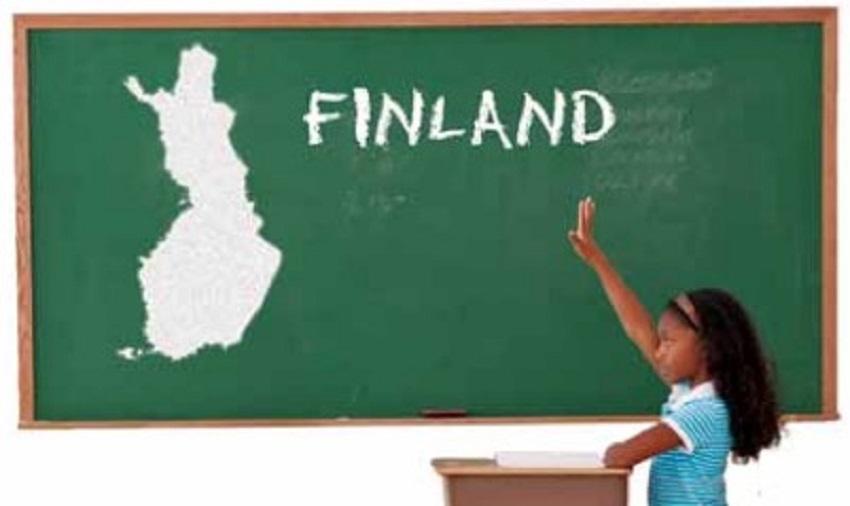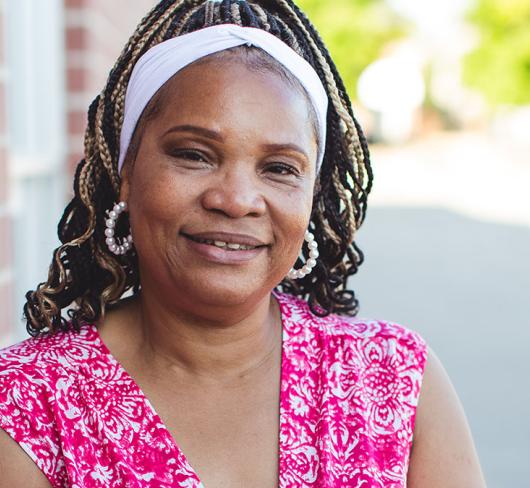
Beacon for Education Reform
Pasi Sahlberg’s Finnish Lessons: What Can the World Learn from Educational Change in Finland?
For the last decade, Finland’s success on international tests has caught the attention of education policymakers around the world. What is it about this small Nordic nation that has led to its students’ high performance in science, math, and reading assessments? Are there lessons for other countries, such as Canada, or for our own province? Pasi Sahlberg, a former teacher and education expert, endeavours to answer these questions in Finnish Lessons: What Can the World Learn from Educational Change in Finland? (2001)
What is most perplexing for international experts is that Finland has produced top performing students while eschewing market-based education reforms premised on competition and standardized tests. “Finland is an example of a nation that lacks school inspection, standardized curriculum, high-stakes student assessments, test-based accountability, and a race-to-the-top mentality with regard to educational change,” Sahlberg explains.
In Finland, the emphasis is on teacher based assessment; teachers have the authority to design their own assessments and use them when they deem appropriate. External testing is limited. About 10 percent of students participate in random-sample tests to assess aspects of the education program. The only universal test is the matriculation exams that high school students must pass to be eligible for post-secondary education.
The centrepiece of Finnish education is the nation’s teaching force. Teacher education reform dates back to 1979 when a new law on teacher education was introduced, along with a focus on professional development. Teachers are required to have a masters degree and competition for spots in faculties of education is fierce. Only about 10 percent of applicants are accepted.
The term “accountability” is not part of educational policy discourse. Finns place high trust in their teachers and provide them considerable professional autonomy.” The basic assumption in Finnish schools is that teachers, by default, are well-educated professionals and are doing their best in schools. In real professional learning communities, teachers trust each other, communicate frequently a bout teaching and learning, and rely on their principals guidance and leadership,” writes Sahlberg.
Finnish education reform has also focused on equity and social cohesion. Sahlberg describes the commitment to equity as part of Finnish cultural values. It is reflected in the national poverty rate: 3.4 percent, com pared with 21.7 percent in the United States and 13.6 percent in Canada. Granted, Finns do pay higher taxes than Canadians to support their extensive social programs.
In schools, the equity focus led the Finns to abandon streaming in the mid-1980s and to minimize grade retention. Establishing the same learning expectations for all students resulted in a decrease in the achievement gap between high and low achievers.
The equity policy has also resulted in considerable support for special education. There is an emphasis on early identification and intervention at school. About 20 percent of elementary students receive at least part-time special education support to address dysfunctions in speaking, reading, writing, or learning difficulties in mathematics or foreign languages. Finland also supports early intervention through its voluntary, free, early childhood education programs.
Sahlberg attributes Finnish students’ success in mathematics and science to the extent that these subjects are embedded in curriculum and in teacher education. The focus on hands-on and experiential learning is also important. The Finnish model confounds North American theories about the amount of time students should spend in school. Finnish students don’t begin formal schooling until the age of seven.
They spend less time on homework than their peers in other countries.” Finnish educators don’t believe that doing more homework necessarily leads to better learning, especially if pupils are working on routine and intellectually unchallenging drills,” observes Sahlberg. Rather than extending the school day through homework, the emphasis is on engaging children in sports and other extracurricular activities.
Finland’s commitment to education is tied to its economic strategy. Education spending is viewed as an investment in productivity. As Sahlberg explains, “The Finnish experience of the 1990s represents one of the few documented examples of how education and therefore know ledge can become driving forces of economic growth and transformation. During that decade, Finland became the most specialized economy in the world in telecommunication technology and thus completed its transition from a resource driven to a knowledge-driven economic and educational system.” Sahlberg links the success of the telecommunications firm Nokia to the Finnish school system’s focus on mathematics and science and its emphasis on problem-solving and creativity.
Some argue that Finland’s relatively homogeneous population means it is difficult to transplant the Finnish approach to other countries. Sahlberg acknowledges that Finland doesn’t have the ethnic diversity of either Canada or the United States, for example. However, he points out that the number of foreign-born Finnish citizens has nearly tripled during the first decade of this century. Also, since joining the European Union in 1995, Finland’s cultural and ethnic diversification has progressed faster than in other EU countries. Immigrant students appear to be well served in Finnish schools. According to the OECD PISA data, “Immigrant students in Finland scored on average 50 points higher than their peers in other countries.”
Elsewhere in Canada, teachers are closely studying the Finnish model. In December 2010, the Alberta Teachers’ Association formalized a partnership between the Alberta education ministry and its Finnish counterpart. Since then, Alberta and Finland have organized visits to each others schools to enable teams of educators to witness their respective approaches.
In Ontario, there is ample opportunity to apply the Finnish lessons to improve our own schools. Sahlberg’s chronicle of Finland’s success gives Ontario educators some powerful examples to support policies we have long advocated. These include universal early childhood education, a rejection of standardized testing, greater professional autonomy for teachers, a focus on experiential learning, more support for special education, and a real commitment to equal opportunity.

